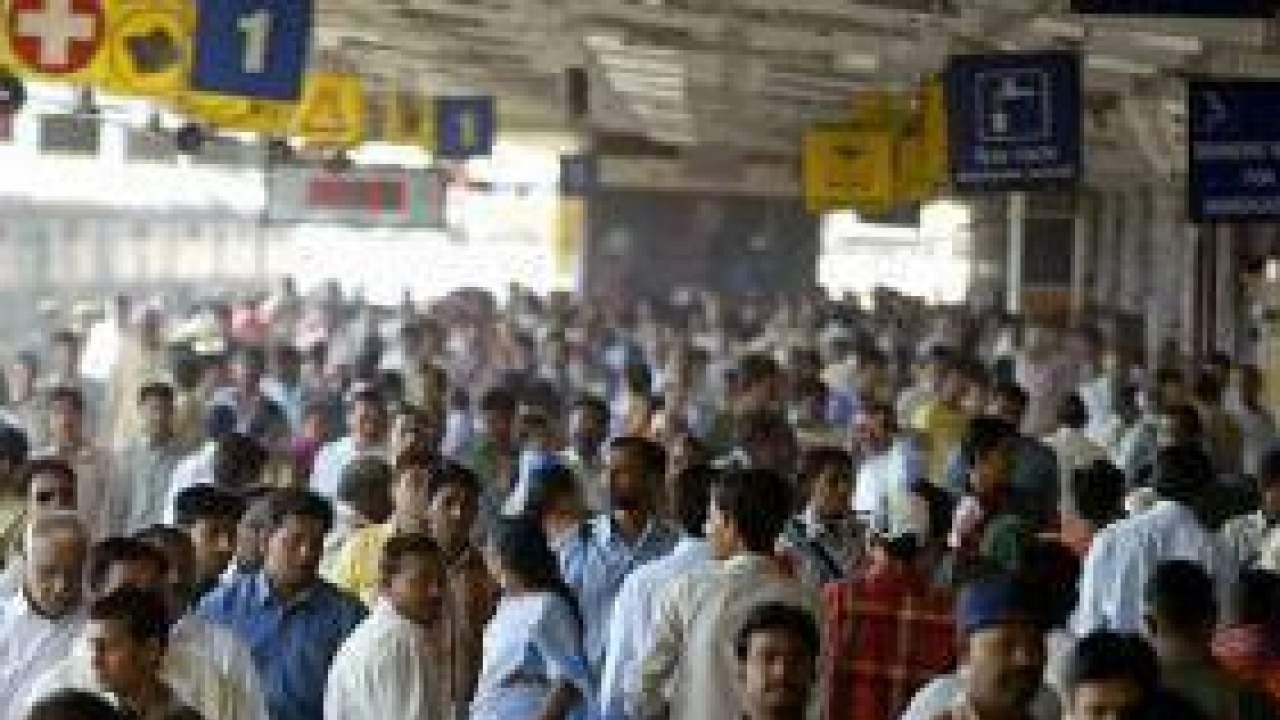
A United Nations report estimating that India’s population is expected to surpass China’s by 2022, sooner than thought, must send alarm bells ringing. Earlier, demographers had expected India’s population to exceed China’s only by 2028. The somewhat troubling status of being the world’s most populous country brings with it myriad responsibilities and scant prestige. It means more stomachs to feed, more jobs to create, more children to educate, more elderly to care for — amid unsustainable pressures on the environment and the growing spectre of climate change. The World Population Prospects report estimates the populations of India and China to be around 1.4 billion in 2022 after which India’s will rise to 1.5 billion in 2030 and 1.7 billion in 2050, while China’s population will marginally decrease after 2030. Another interesting finding is that Africa will account for more than half the world’s population growth between now and 2050 (1.3 billion of 2.4 billion population added). As expected, Europe will experience a population decline, with the fertility level in all European countries having fallen below the level required for full replacement of population.
Read important points from the United Nations report here.
The findings must prompt an energetic policy response from India, Nigeria, Pakistan, Ethiopia and Congo — five of the nine countries where the world’s population growth will be concentrated. India can take comfort in the significant improvement in foodgrain production in recent years. But recurring bouts of food inflation caused by pulses and vegetable shortfalls, farmers’ suicides owing to diminishing farm revenues, and declining water availability raise worrying questions about food security. The government recently launched the National Skill Development Mission to train 400 million Indians by 2022. With the world economy still in the throes of recession, the government’s “Make in India” will take time to fructify. As if on cue, Prime Minister Narendra Modi has suddenly begun talking of India’s potential as a human resource capital of the world, akin to China’s established position as the world’s manufacturing hub. But it is unlikely that Europe or East Asia will remove the barriers for free movement of labour that would benefit poorer nations. To expect foreign economies to shoulder India’s labour burden is wishful thinking, as of now.
For demographic dividend — that oft-used phrase giving a positive spin to population growth — to become meaningful, it is necessary to invest in sectors that improve the quality of life. However, the emphasis on fiscal tightening has meant that fund allocations to education, health, and social welfare are not commensurate with the actual needs on the ground. India’s per capita water availability has slipped from 4,098 cubic metres in 1961 to 1,519 cubic metres in 2010 and is estimated to fall further to 1,000 cubic metres in 2025. At the same time, India’s annual per capita water consumption, at 297.3 cubic metres, is more than the global average consumption of 289 cubic metres. Though India reports a net increase in forest cover every year, experts have questioned these findings. With India’s population showing no signs of declining in the coming decades, it is necessary to instil some amount of thought for inter-generational equity in our public policies. Alongside incentivising consumption, a new governance and economic model that subscribes to sustainable development, penalises wastage, and checks income inequalities, has become necessary. With disruptive technological change and automation also to be factored in, the governments of India and other poor nations face an unenviable task. To start with, leading lights in the ruling BJP should abandon their notion that contraceptives promote social immorality, and also put an end to unsafe sterilisations. We are paying a costly price for over 60 years of chaotic and undemocratic population control strategies.